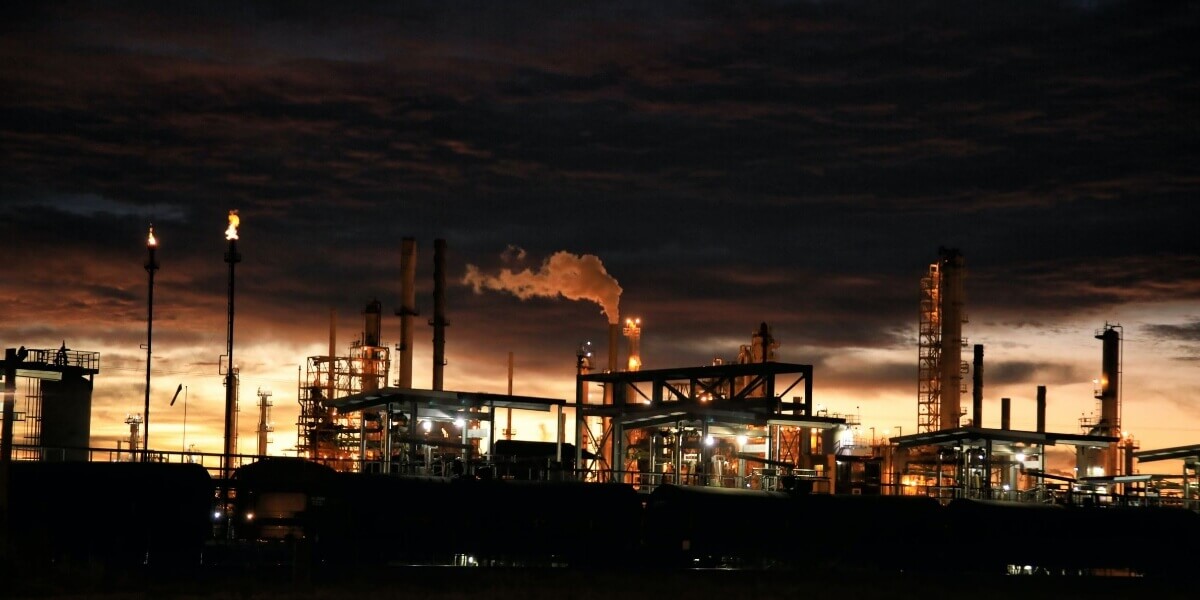Turnarounds and shutdowns are critical in the lifecycle of industrial facilities, requiring careful planning and detailed execution to ensure that maintenance and repair work can be completed safely and efficiently. One of the biggest challenges to managing a refinery turnaround is keeping costs in check, which can quickly escalate if not managed well.
In this blog post, we’ll explore some best practices for managing turnaround and shutdown costs that will help make your planning and execution more successful.
Start Planning Early for Your Refinery Turnaround
One of the most important factors in managing refinery turnaround and shutdown costs is to start planning early. This includes identifying the necessary scope of work, as well as any regulatory or safety considerations. Early planning can help ensure that the necessary permits and approvals are obtained and that the necessary equipment and materials are ordered and delivered on time. By starting early, you can also identify potential cost savings opportunities and make adjustments to the scope of work as needed.
Develop a Detailed Budget for Your Refinery Turnaround
Developing a detailed budget is crucial for making sure turnaround and shutdown costs stay within the reasonable area you need them to. This includes identifying all of the expected costs associated with the event, like labor, materials, equipment, partners, and any other expenses. It’s important to ensure that your budget is realistic and based on accurate estimates of what’s needed to be done. By putting together a detailed budget, you can better track expenses throughout the entire project and make calculated adjustments (as needed) to stay within budget.
Use Data to Drive Decision-Making
Using data to direct your decision-making is a key best practice for ensuring turnaround and shutdown costs don’t get out of hand. Be sure to analyze historical data on similar events and projects, as well as real-time data on progress during your project. This will help you determine the best course of action. From there, share your decision-making process clearly with all stakeholders and keep them updated on any changes as they occur. In addition, give everyone on your team access to the same data to ensure consistent decisions are made across the board.
By using data to identify trends and potential cost savings opportunities, you can make informed decisions about where to allocate resources and how to optimize for maximum efficiency.
Prioritize Maintenance and Repair Work
This is essential. Identify the most critical repairs and maintenance tasks that need to be completed, and then prioritize them based on their impact on safety, production, and other key factors. This way, the most important work can get done first, which can help you identify potential issues before they become major problems. Plus, you can reduce the risk of accidents, injuries, and other costly incidents that could otherwise occur due to neglect or poor planning.
By tackling maintenance and repair work first, you can reduce costly problems down the road.
Optimize Resource Allocation
Optimizing the allocation of resources to prevent cost overruns can prove to be critical for managing turnaround and shutdown costs. Look at what’s necessary for labor, materials, and equipment needed, and then allocate them in the most efficient and cost-effective ways possible. By doing so, you’ll be able to reduce the costs associated with this process. For example, you can use a material tracking system to ensure that all of your supplies are accounted for and used properly; you can make sure that inventory is well-maintained and updated regularly so there are no surprises when it comes time to order more materials.
By making optimization of your resource allocation a priority, you can easily reduce waste and confirm that all resources are being used in the most productive ways possible.
Monitor Progress and Adjust Accordingly
Monitoring progress and adjusting accordingly will greatly help manage your costs. Track your progress throughout the project, and adjust as needed so that you can stay within budget and verify that the event is completed on (or as close to) your timeline as possible. Use this pro tip to avoid any surprises and keep your project running smoothly. Build in a buffer for contingencies, and use it if needed. Keep from being caught off guard by a shortage of materials or staff during your event by building in some extra time and resources that can be used if things go awry.
By monitoring progress and making adjustments in real-time (with pre-planned contingencies ready to go), you can identify potential cost savings opportunities and make changes to the scope of work as needed.
All in all, keeping the costs down for turnarounds and shutdowns requires super planning and careful execution, as well as a focus on data-driven decision-making and resource optimization.
By following these best practices, including starting planning early, developing a detailed budget, using data to drive decision-making, prioritizing maintenance and repair work, optimizing resource allocation, and monitoring progress and adjusting accordingly, you can help create a more successful and cost-effective turnaround or shutdown project. (And if you add expertise that has been at this for 38 years and specializes in turnkey temporary structures and full-service mobile facilities for turnarounds and shutdowns, you’ll up your chances even more for success.)



